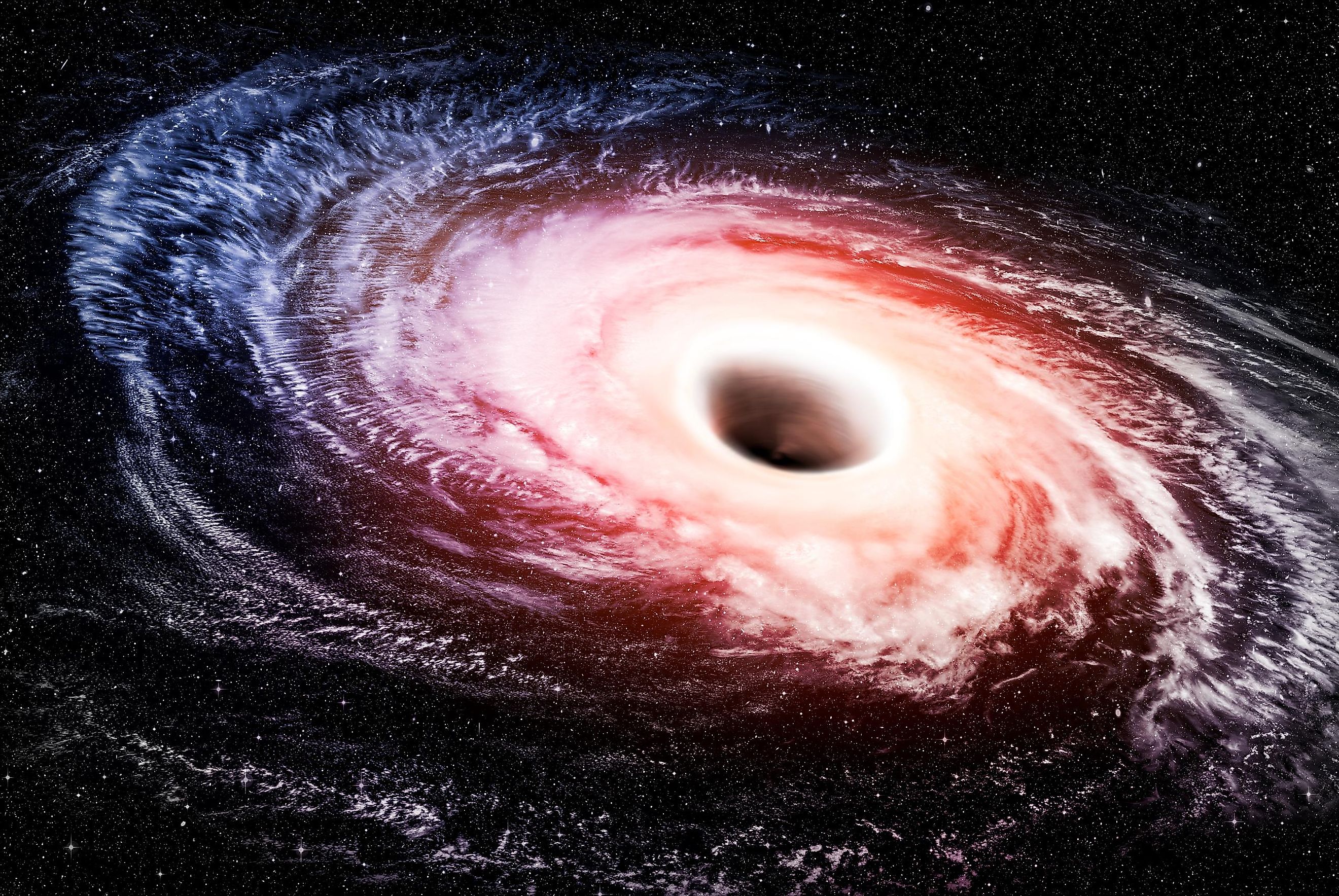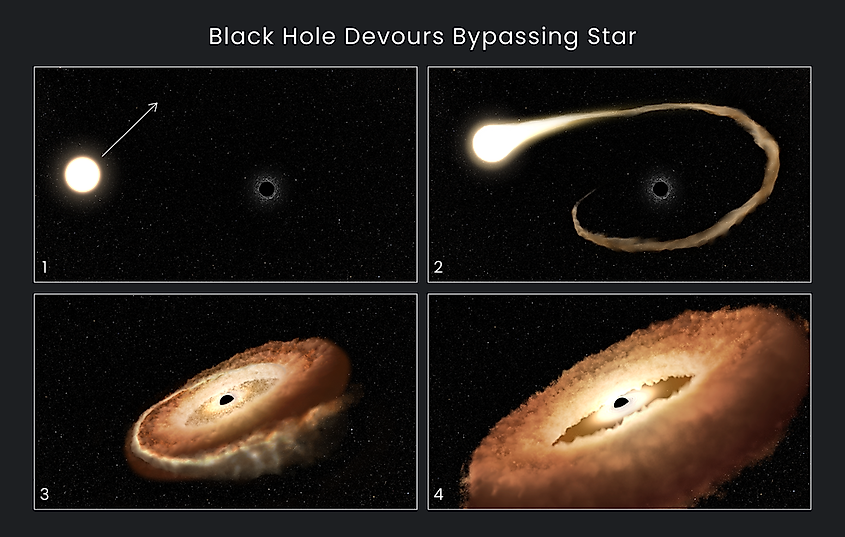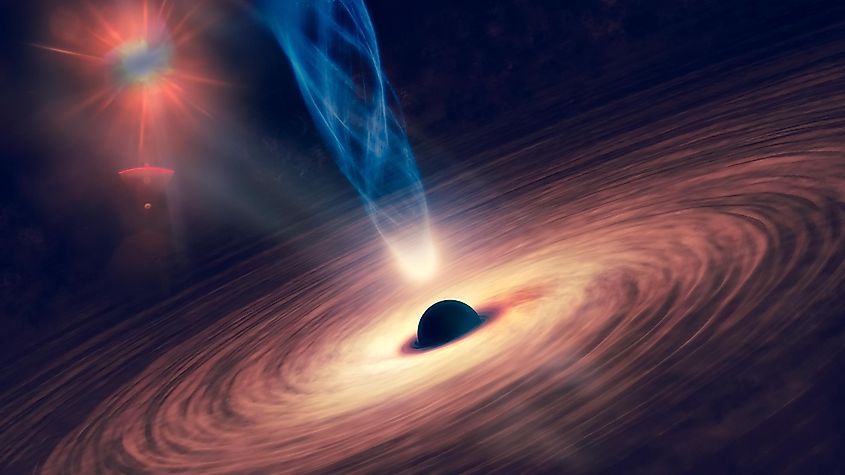
Hubble Observes Black Hole Devour a Star
Black holes are among the most mysterious objects in the universe. Black holes form after the death of the most massive stars, wherein these stars collapse under their own gravity until a black hole forms. Black holes can have extremely high masses and gravitational fields. In some cases, the gravitational pull of a black hole is so extreme that it can even rip apart an entire star. These types of events are quite rare across the universe and they can be rather hard to detect. Black holes themselves are hard to find given that they do not emit any light, and in many cases, they are hidden from view behind vast clouds of stellar gas and dust. Sometimes, however, astronomers get lucky and are able to observe the final moments of a star’s life before it is devoured by a black hole. Recently, astronomers managed to capture the final moments of a star’s life in detail as it fell into a black hole and was torn apart.
Tidal Disruption Events

When a star is devoured by a black hole, it is referred to as a tidal disruption event. These events occur when a star passes too close to a supermassive black hole. When any object gets too close to a black hole, it undergoes a process called sphagettification. The gravitational pull of a black hole increases dramatically as an object gets closer, and the force an object feels on one end will be significantly different than on the other. This causes a black hole’s gravity to stretch an object that passes too close, elongating it much like a piece of spaghetti, hence the name. When a star passes too close to a black hole, the gravitational pull it experiences stretches the star until it becomes a long filament of gas and dust. As the star’s material spirals into the black hole, it forms a vast disk called an accretion disk. Interestingly, while black holes do not emit any light, the accretion disk will emit vast amounts of radiation, and so astronomers sometimes rely on finding these disks to detect black holes.
Devouring a Star

Scientists have only detected around 100 tidal disruption events. Scientists estimate that these events occur only a few times every 100,000-years for galaxies that have supermassive black holes. Recently, astronomers detected one of these events using the Hubble Space Telescope. While observing a galaxy 300-million light years away, Hubble observed a dramatic increase in ultraviolet light coming from the central region of the galaxy where a supermassive black hole is located. Increases in high energy radiation such as this suggest that the black hole is in the process of devouring a star, and so astronomers then used spectroscopy to determine the composition of the material falling into the black hole, which revealed that it was a star falling into the black hole. Astronomers generally only have a small window of observation as the black hole will quickly devour the stellar material, and so observing a tidal disruption event can be largely dependent upon luck.











